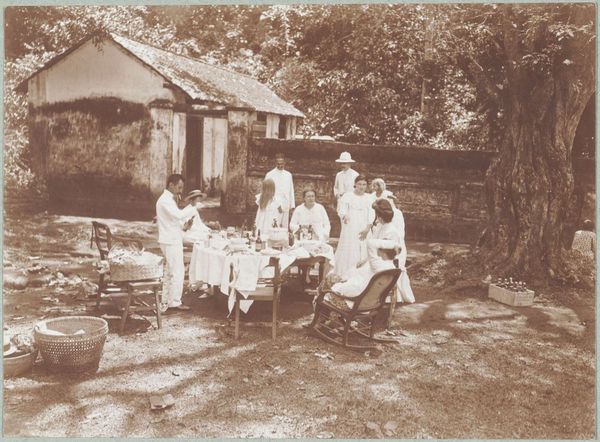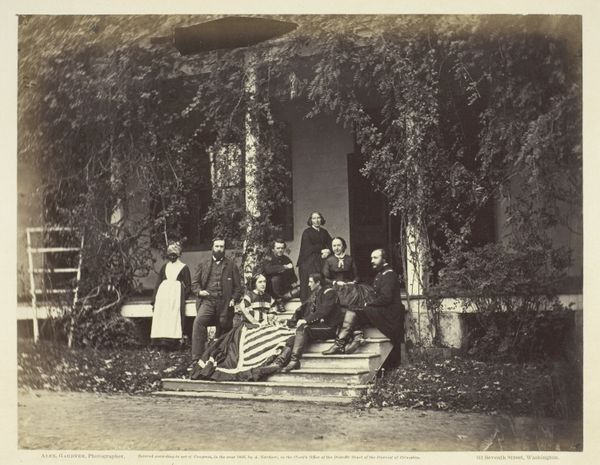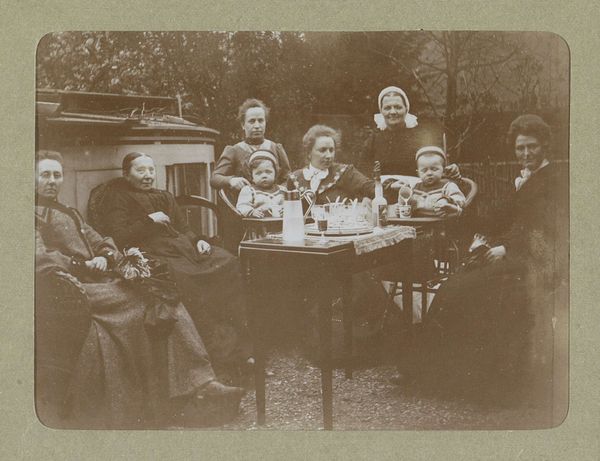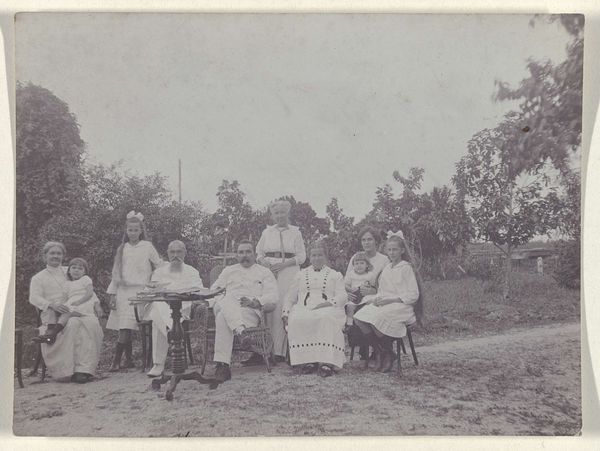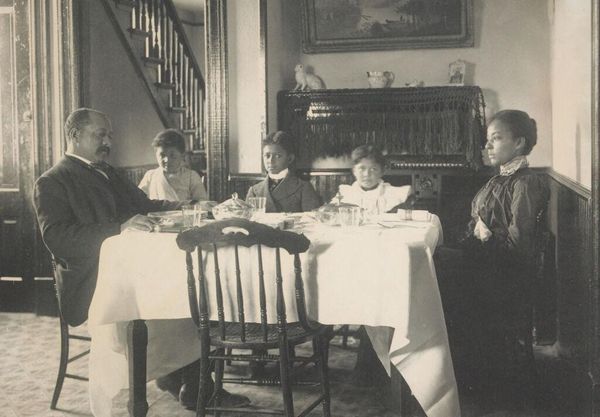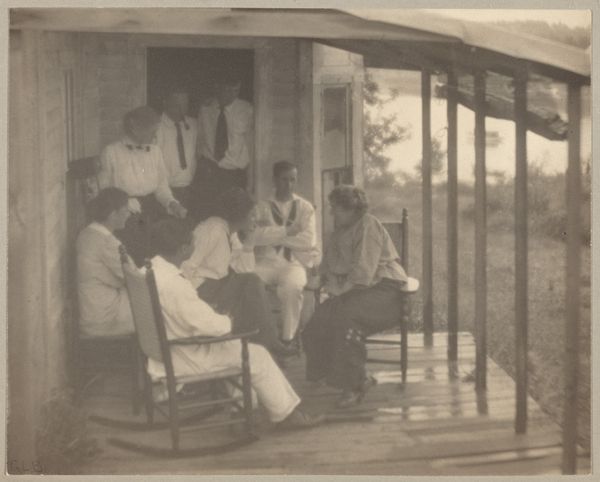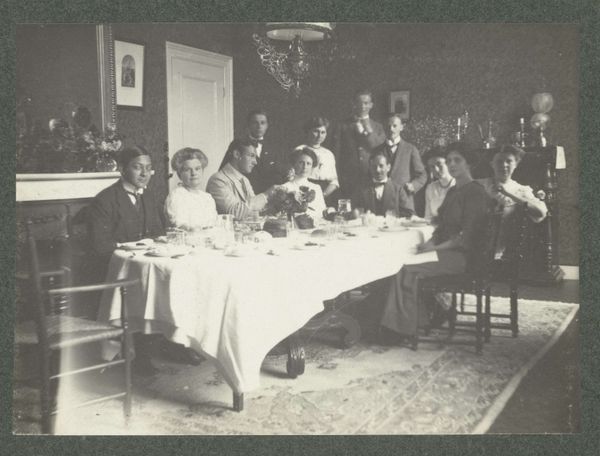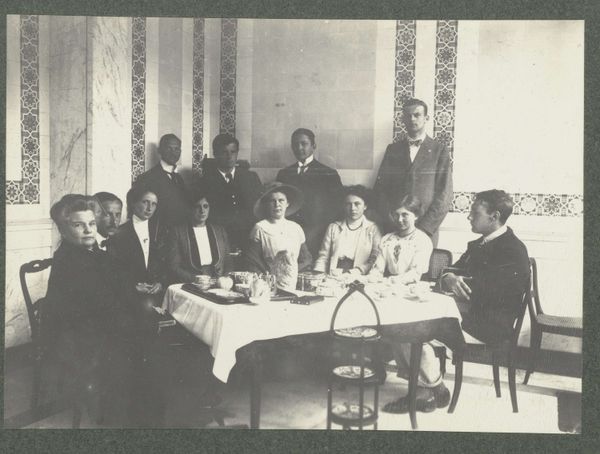
photography, gelatin-silver-print
#
portrait
#
still-life-photography
#
16_19th-century
#
vintage
#
impressionism
#
archive photography
#
photography
#
historical photography
#
gelatin-silver-print
#
19th century
#
realism
Dimensions: image: 9.9 x 14.4 cm (3 7/8 x 5 11/16 in.) page size: 13.5 x 21.6 cm (5 5/16 x 8 1/2 in.)
Copyright: National Gallery of Art: CC0 1.0
Editor: This is "Bavaria" by Alfred Stieglitz, taken in 1886, using a gelatin-silver print. It’s a fascinating glimpse into what appears to be daily life, almost like a candid snapshot. What are your thoughts on this, looking at it from your perspective? Curator: What interests me is how the gelatin-silver print process itself democratized image-making. Consider the chemical processes: the coating, developing, fixing – labor-intensive initially, but then allowing for mass reproduction. Think about what this meant for the dissemination of information and the construction of collective memory. This photograph, seemingly a simple family portrait, participates in a larger network of image production and consumption. Editor: So, it's not just about what’s depicted but the act of making and sharing the picture? Curator: Precisely. Look at the backdrop—the peeling plaster of the building, the rough texture of the wood. These materials speak of a specific time and place, a specific socioeconomic context. How does the setting contribute to or detract from the narrative presented through the figures at the table? Does it challenge traditional artistic hierarchies by focusing on the everyday, or romanticize a more rugged lifestyle? Editor: It’s interesting you focus on the actual materials in the scene, instead of the people in it. I never would've considered the plaster that significant. Curator: Well, it's also about how Stieglitz chose to present this. The lighting, the composition, and the choices made in the darkroom. The act of photography transforms raw material and light into something meaningful. We should consider this "Bavaria" not just as an image, but also as a produced object circulating in society, bearing social and economic meaning far beyond its initial subject. What about the chairs? How do the rough-hewn ones at the table compare with the more ornamented ones? Editor: I see your point. It definitely prompts a deeper consideration than just a surface-level observation. Thinking about the means of production and the setting together...I appreciate that reframing. Curator: Exactly. Every detail is a consequence of labor and choice. Keep that in mind and your appreciation will definitely expand.
Comments
No comments
Be the first to comment and join the conversation on the ultimate creative platform.
